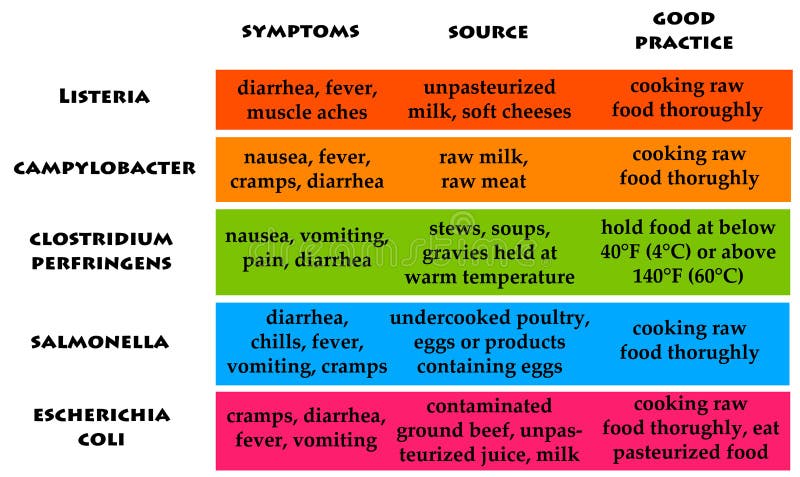PVPN Trends
Stay updated with the latest trends in privacy and security.
When Dinner Turns Deadly: The Dark Side of Food Poisoning
Uncover the shocking truth behind food poisoning—how a meal can turn deadly and what you need to know to stay safe!
The Hidden Dangers in Your Kitchen: Understanding Food Poisoning Risks
When it comes to managing food safety, many people overlook the potential dangers in their kitchens. Food poisoning is a serious concern that can stem from various sources, including improper food handling, inadequate refrigeration, and contamination from raw ingredients. In fact, the U.S. Centers for Disease Control and Prevention (CDC) estimates that 1 in 6 Americans gets sick each year from foodborne illnesses. Common culprits include raw meats, unwashed fruits and vegetables, and even cross-contamination from kitchen tools. Understanding these risks is crucial to ensuring that your home remains a safe space for meal preparation.
To minimize the risk of food poisoning, there are several best practices you should adopt in your kitchen. Consider implementing the following measures:
- Clean: Regularly wash your hands, cutting boards, and utensils to prevent the spread of bacteria.
- Separate: Keep raw meat separate from ready-to-eat foods to avoid cross-contamination.
- Cook: Ensure that foods are cooked to the appropriate temperature, using a food thermometer when necessary.
- Chill: Refrigerate leftovers promptly to inhibit bacterial growth.
By taking these precautionary steps, you can significantly reduce the potential for food poisoning and protect your family from its hidden dangers.

Top 10 Foods You Didn't Know Could Kill: A Guide to Food Safety
When it comes to food safety, many people are unaware that some common foods can be surprisingly dangerous. In this guide, we explore the Top 10 Foods You Didn't Know Could Kill. From berries to beans, certain foods contain natural toxins that can cause severe illness or even death if not prepared properly. For instance, raw kidney beans, if consumed without thorough cooking, can lead to symptoms of food poisoning due to the presence of phytohaemagglutinin, a toxin that can be lethal in high doses.
Another unsuspecting item on the list is the ackee fruit. While it is a popular dish in Jamaican cuisine, unripe ackee contains toxic levels of hypoglycin A, a substance that can lead to Jamaican vomiting sickness. Proper ripening and preparation are essential to enjoy this fruit safely. To keep you informed and safe, here’s a quick list of other foods that you should handle with caution:
- Fugu (Pufferfish)
- Raw cashews
- Nutmeg
- Cherry pits
- Poisonous mushrooms
- Green potatoes
- Starfruit
- Rhubarb leaves
What to Do When Dinner Turns Deadly: Signs, Symptoms, and First Aid
When dinner takes a dangerous turn, it's essential to recognize the signs and symptoms that may indicate a food-related emergency. Common indicators include nausea, vomiting, abdominal pain, and diarrhea, which can arise from food poisoning or allergic reactions. If you or someone at the table experiences difficulty breathing, swelling of the face or throat, or severe stomach cramps, these may be signs of a more serious condition, such as anaphylaxis or severe foodborne illness. It's crucial to act swiftly and not ignore these signals.
In case of a food emergency, the first step is to stay calm and assess the situation. If the symptoms are mild, drinking water and resting may help alleviate discomfort. However, in cases of severe reactions, such as chest pain or trouble breathing, you should call emergency services immediately. First aid measures may also include the use of an epinephrine auto-injector for allergic reactions or performing the Heimlich maneuver for choking incidents. Always remember that knowing how to respond can make a difference between a minor scare and a life-threatening situation.